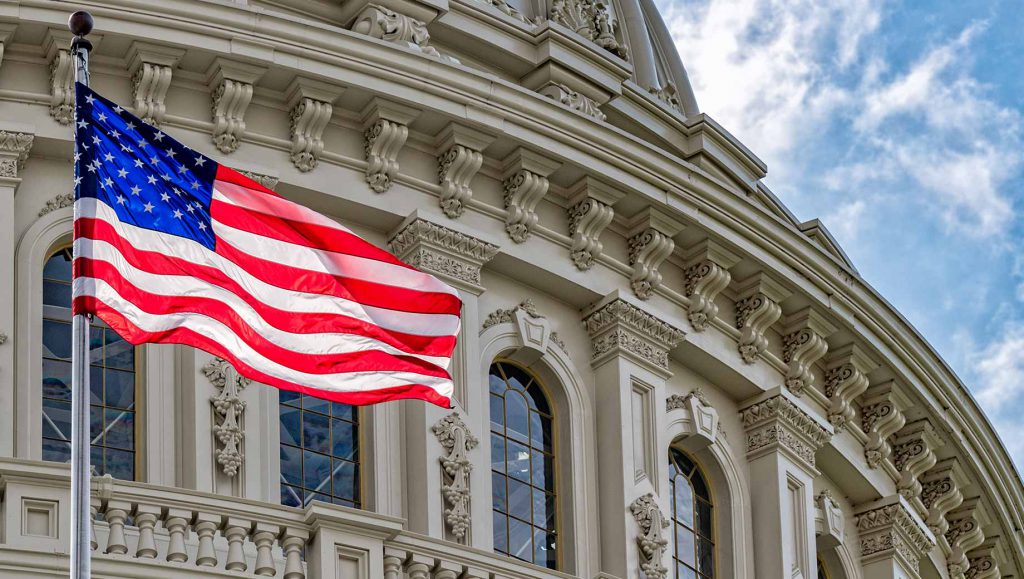According to FDIC Chairman Martin Gruenberg, US banks have over $620 billion in unrealized losses. Moreover, regarding the reality that the downfall of SVB was not directly an isolated incident in what could become an issue for several banks within the country
Specifically, CNN noted that the collapse of Silicon Valley Bank brought to light the reality of a “widening gap between the value large lenders place on the bonds they hold and what they’re actually worth on the market.”
US Banks Maintain Plethora of Unrealized Losses
The sudden and unexpected collapse of Silicon Valley Bank brought to life a new wave of concern regarding the financial sector. Specifically, investors experienced panic over what this could mean for the near future of the industry. Especially considering the SVBN Financial situation is the largest bank closure since the financial crisis of 2008.
Now, it appears as though what caused the SVB failure may not be an isolated incident. According to the FDIC chairman, US Banks have over $620 billion in unrealized losses. Conversely, following the trend eventually led SVB to its demise.


CNN noted that SVB’s failure was directly connected to a “plunge in the value of bonds it acquired during boom times when it had a lot of customer deposits coming in and needed somewhere to park the cash.” Thus, FDIC noted that similar depreciated assets that have not yet been sold are a problem across the banking sector.
When interest rates were near zero, banks took advantage of the opportunity to collect a lot of bonds and treasuries. Subsequently, as the Federal Reserve had executed a year-long interest rate hike to fight inflation, the value of those assets has only lowered. Thus, how similar situations shape other banks is a vital development for the near term.





